The best books on street photography
Get advice and inspiration from our selection of the best books on street photography that are currently in print
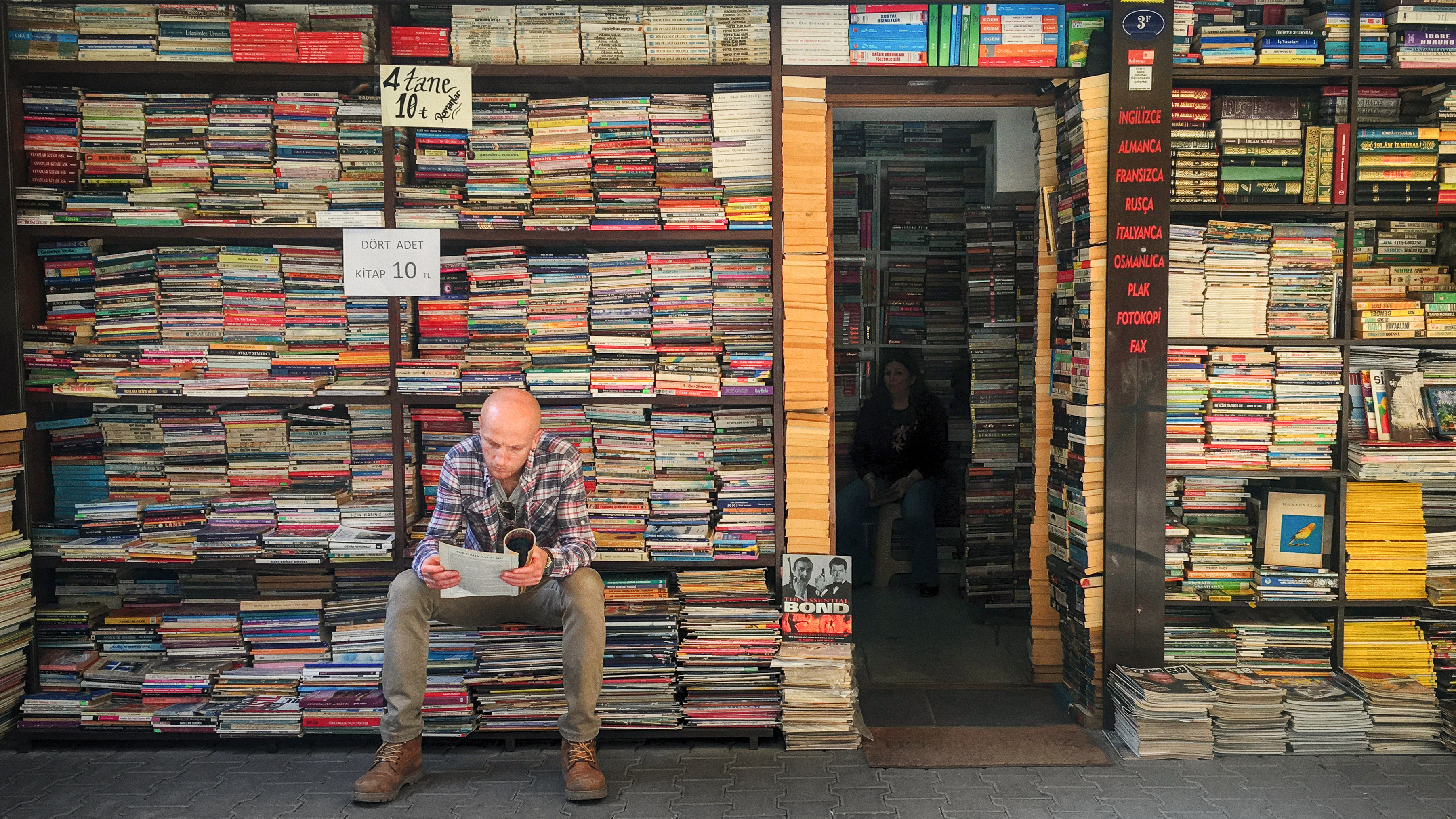
It might not be easy to exactly define the limits of street photography, but one thing is definite: it’s cool. Talented street photographers achieve respect far beyond fellow artists and professionals; names like Henri Cartier-Bresson exist in the public consciousness.
As a very accessible art form, with so many participants coming from so many different starting points (historically and technically), street photography is also the subject of much robust debate. What counts as street? Is it candid? Is it documentary? Must you use film, or black and white? Should you stick to a certain wide-angle lens? What are, if any, the “rules”?
14 street photography tips you should master
Mastering street photography involves grasping both technical challenges and developing the knack for seeing and appreciating the world around you. One of the best ways to do that is to explore the work of the previous generations, and their work can only truly be understood in the context of the equipment available to them. This truly is an area in which it’s rewarding to skim the surface or to dive right in.
With such a wealth of possibilities out there, how can you choose where to start? The best way is to find a book which best suits you, from our selection…
Best for beginners
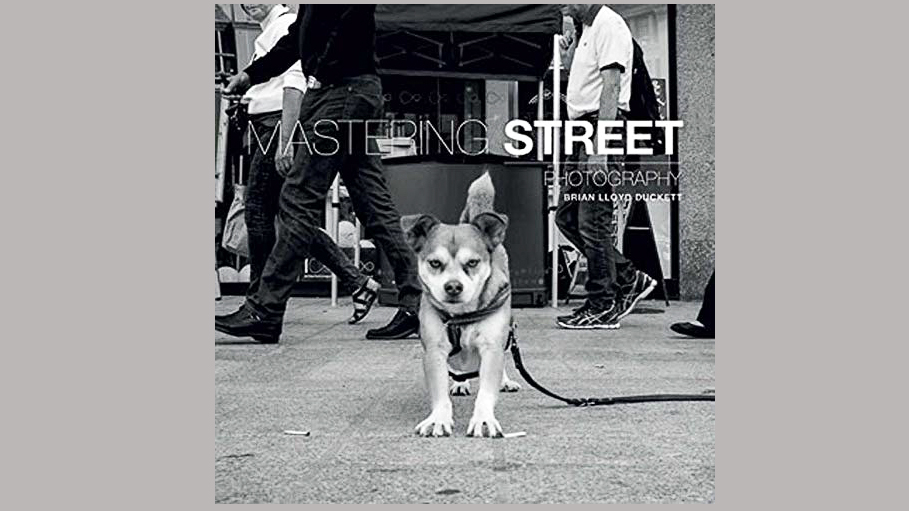
1: Mastering Street Photography
Specifications
Reasons to buy
The stand-out book of the Mastering… series from publisher Ammonite, Brian Lloyd Duckett’s years of experience and own strong style make this the perfect hybrid of “how-to” and inspiring visual feast.
With something approaching the size and feel of a coffee table book, this is actually a considered introduction to street photography which will guide anyone from beginners to enthusiasts turning to the streets.
Lloyd-Duckett’s years teaching workshops shine through, as he seems to know the answer to every possible question. These also show though in the books scenario examples which really help get into the quick problem-solving you need on the street.
Best coffee book
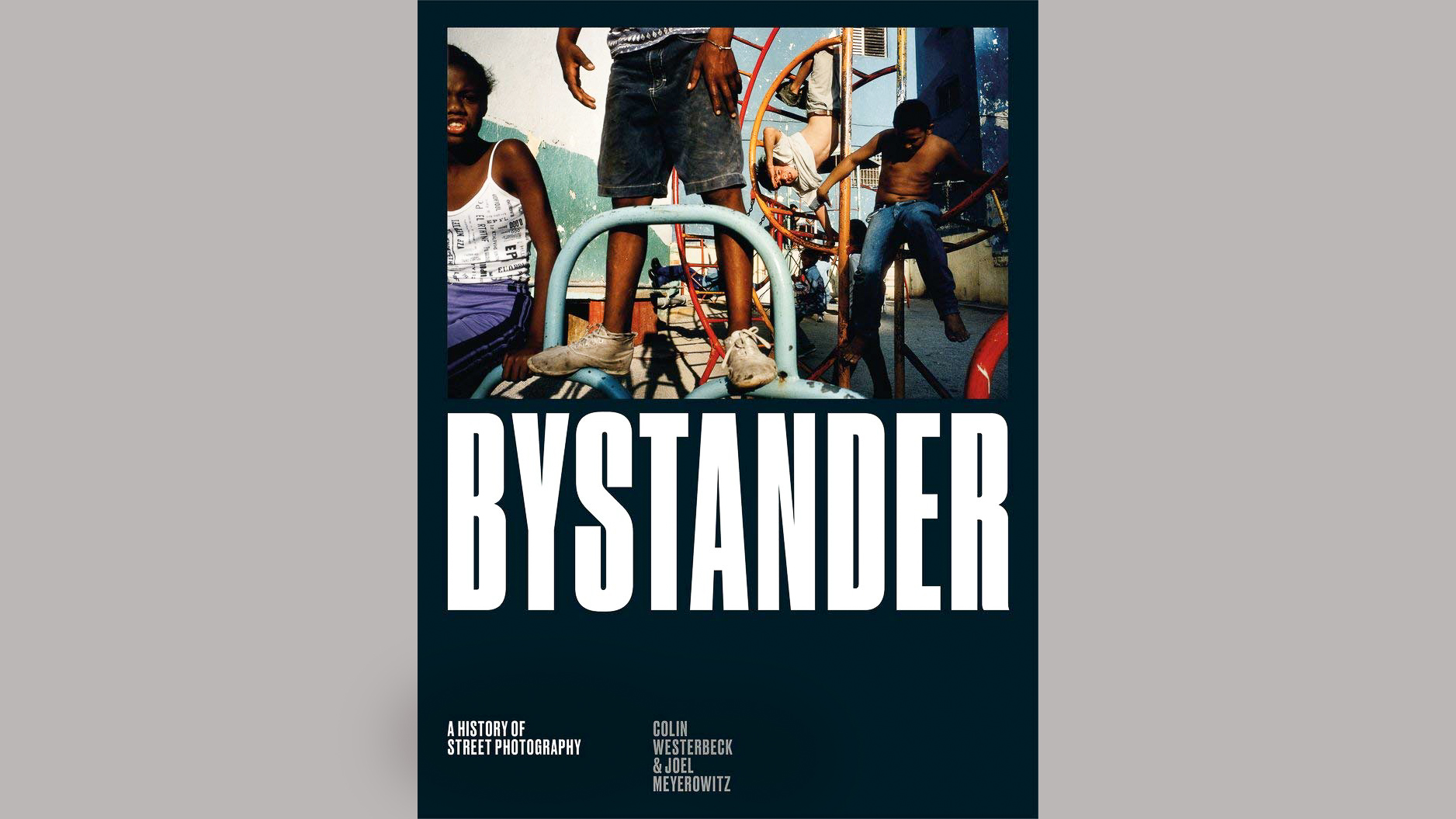
2. Bystander: A History of Street Photography
Specifications
Reasons to buy
This is a sumptuous volume (and one you wouldn’t want to drop on your feet), which for many is the ultimate work on the subject.
In practice, there is no questioning the quality and the spread of photographers included (from the unknowns of the late 19th century through Stieglitz, Arbus, Winograd, and the full 20th century).
This current edition is actually a revision, coming out over twenty years after the 1994 original, and perhaps its only flaw is a slight tendency toward nostalgia, to ring-fence the genre in Meyerowitz’s own personal preferences.
That said, if you keep an open mind, reading the book buys you the amazing reproductions, insight from a leading practitioner and some great debate starters.
Best for composition
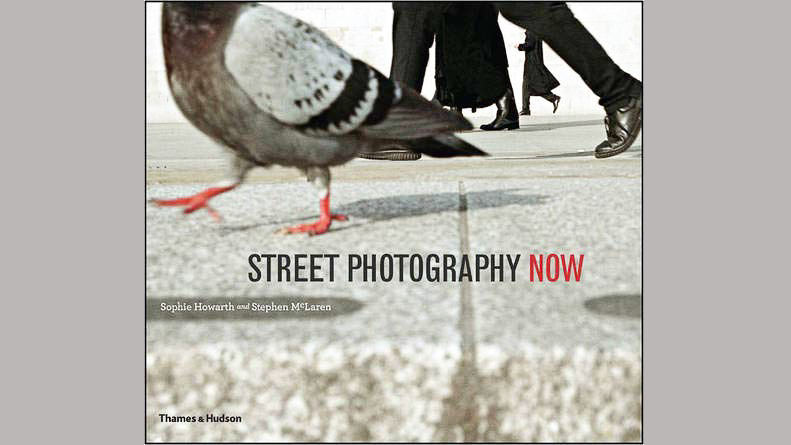
3. Street Photography Now
Specifications
Reasons to buy
It’s fair to say that this book is aging a lot better than its title. This mid-sized coffee table anthology was first assembled as a hard cover in 2011, mixing a number of the greats (Bruce Gilden, Martin Parr, etc.) with emerging talent.
Now available as a paperback too, the book is no less enjoyable to explore even though the titular “now” is, in fact, the better part of a decade ago. You’re still looking at the work of great photographers, thoughtfully assembled and put into context with great text.
The only thing is some of the newer talent has fully emerged – past tense – since the back cover was drafted! Nonetheless, especially in its new (accessibly priced) paperback form, this is a lovely gift, for yourself or any aspiring street photographer.
Best for film photographers
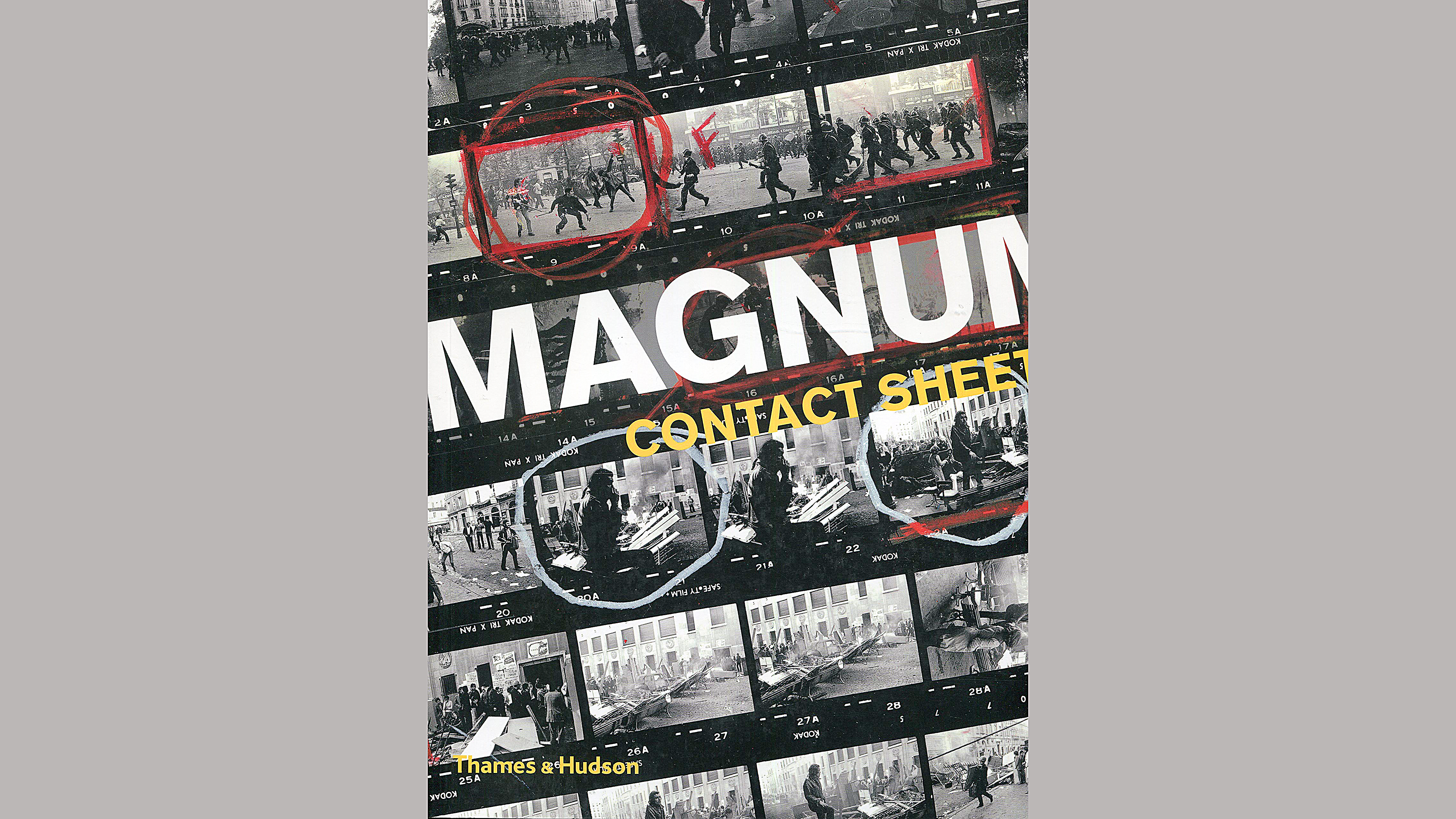
4. Magnum Contact Sheets
Specifications
Reasons to buy
Our experience with other photographers has always been sanitized. Now that even happens to our own – an iPhone takes several pictures the moment you hit the shutter and automatically picks the one it thinks is best using AI.
So that’s 9 out of 10 pictures disposed of before you ever even see them, let alone the number you delete. Looking at contacts sheets – the analog equivalent – lets you see the process that editors and photographers went through back in a more tactile age, and appreciate their talent and their decision-making process in an altogether new way.
It’s not just art appreciation; the discarded shots reveal a lot about the compositions you’ve already seen in the famous selected images.
Best for 50mm shooters
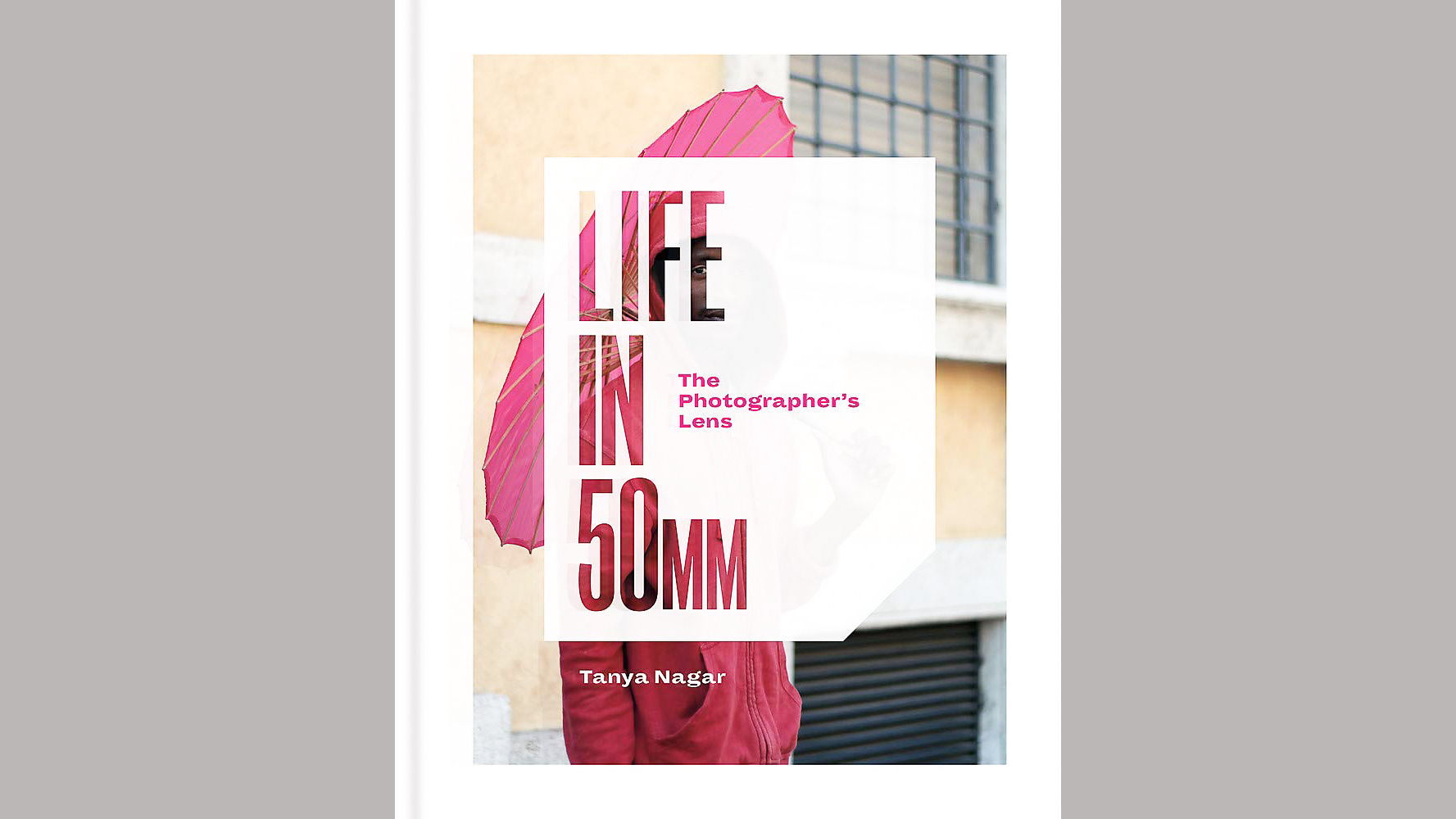
5. Life in 50mm
Specifications
Reasons to buy
Reasons to avoid
A lot of street photographers can seem a little too worthy, but Tanya Nagar (of The Photographer’s Podcast) draws together a range of exciting photographers shooting now, selects some great examples, and shares the story behind them.
Traveling from Fukushima to Taksim Square to Mardi Gras, the book certainly isn’t tied down. Better still, by concentrating on the 50mm prime (Cartier Bresson’s favorite and usually the cheapest to buy) the book has a genuinely unique twist that makes you want just get up and start shooting nearly as much as to turn the beautifully-printed page.
Best for introverts
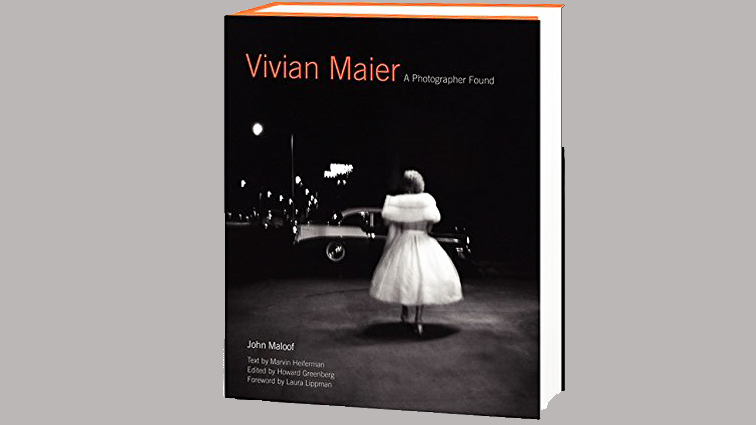
6. Vivian Maier: A Photographer Found
Specifications
Reasons to buy
Reasons to avoid
Maier’s story is a compelling one and her work is just as much so. She was completely unknown in her lifetime, in which she worked as a nanny.
But she shot 150,000 photographs, mostly on the streets of Chicago & New York, in her spare time. A collector discovered her images when she stopped payments on a storage space shortly before her death in 2009; soon after interest grew, resulting in a legal case and documentary film.
This book is more thorough than some of the cash grabs which emerged immediately after her story hit the media, from the man who discovered them and the collection's curator Marvin Heiferman.
Best for culture
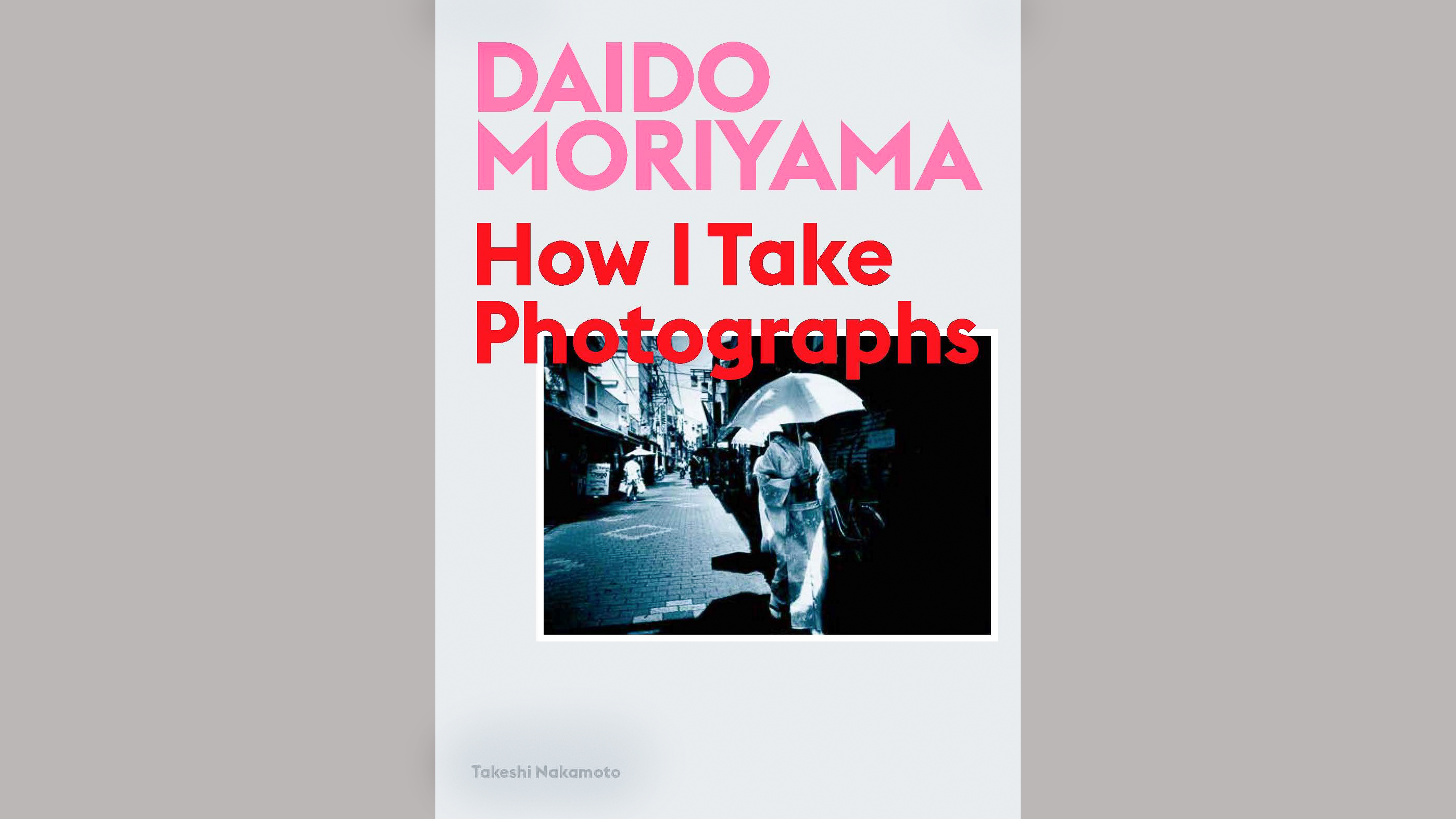
7. Daido Moriyama: How I Take Photos
Specifications
Reasons to buy
With its cool, colorful cover this looks like a new book but in fact it’s an English translation of a book Moriyama created for his Japanese audience a decade ago.
As such it’s a light but refreshing insight into a location and an era which is different for many readers but understandably beloved by photographers – the later half of the 20th century in Japan.
Written as a kind of extended interview, the style might not be for everyone, but it’s an easy read and Moriyama’s approach has the virtue of being unpretentious and accessible, making the compact a great gift (or self-gift) for someone building their confidence.
Best of Cartier-Bresson
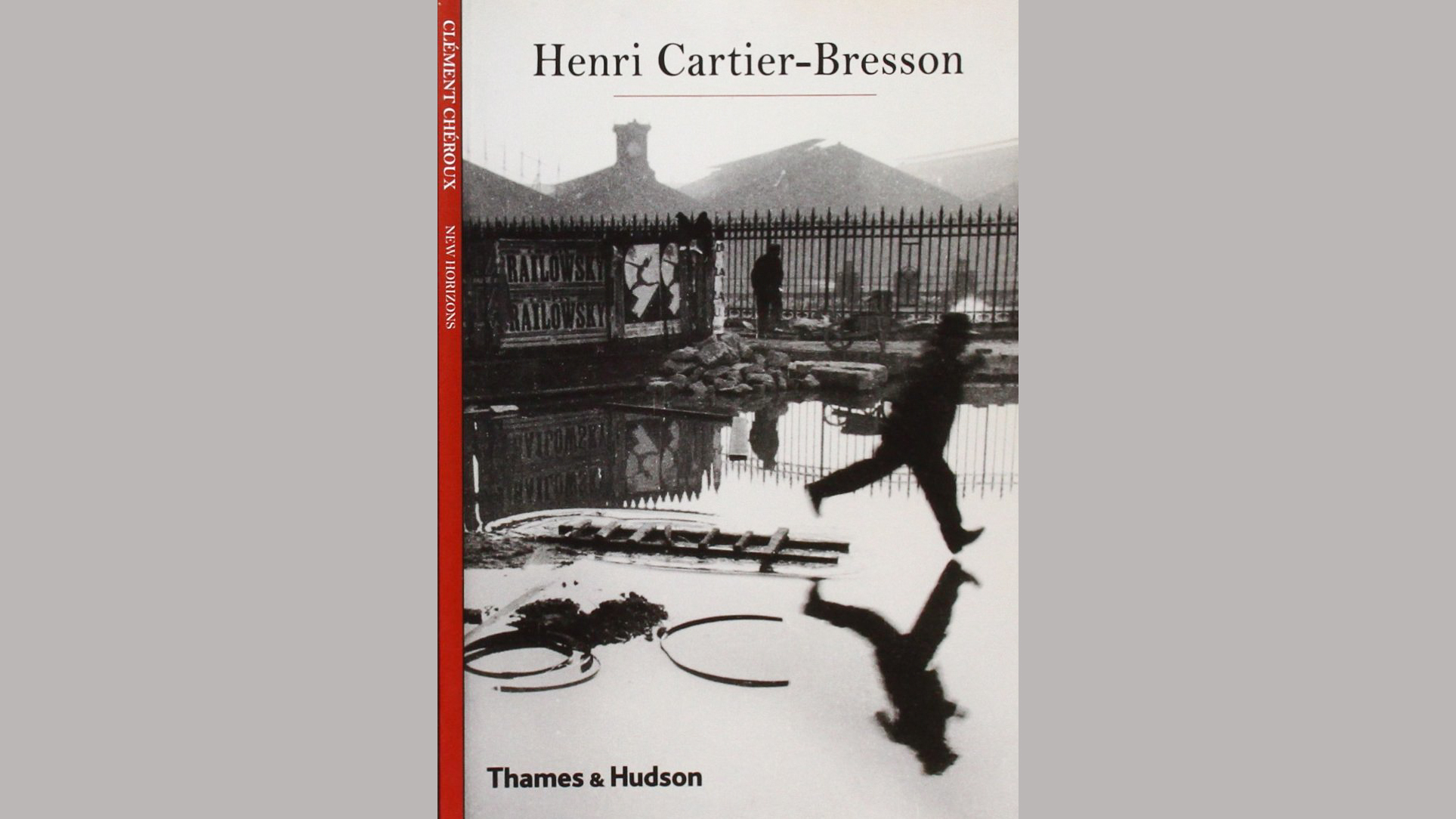
8. Henri Cartier-Bresson
Specifications
Reasons to buy
Reasons to avoid
Nearly every book on this list includes a Henri Cartier-Bresson image. His work defined how we look at the 20th century, and his phrase “the decisive moment” has become the motto of nearly everyone with a camera.
Published a few years after his death in 2004, the book features images from Cartier-Bresson’s entire working life, and gives a thorough overview of his own story, from experiences in WW2, the development of his own style, and, of course, the founding of Magnum Photos (which goes such a long way to maintain his legend today).
All this in a book the size of a paperback which can be had for less than the latest dystopian novel (or seasonal take-away coffee).
Best for reportage photographers
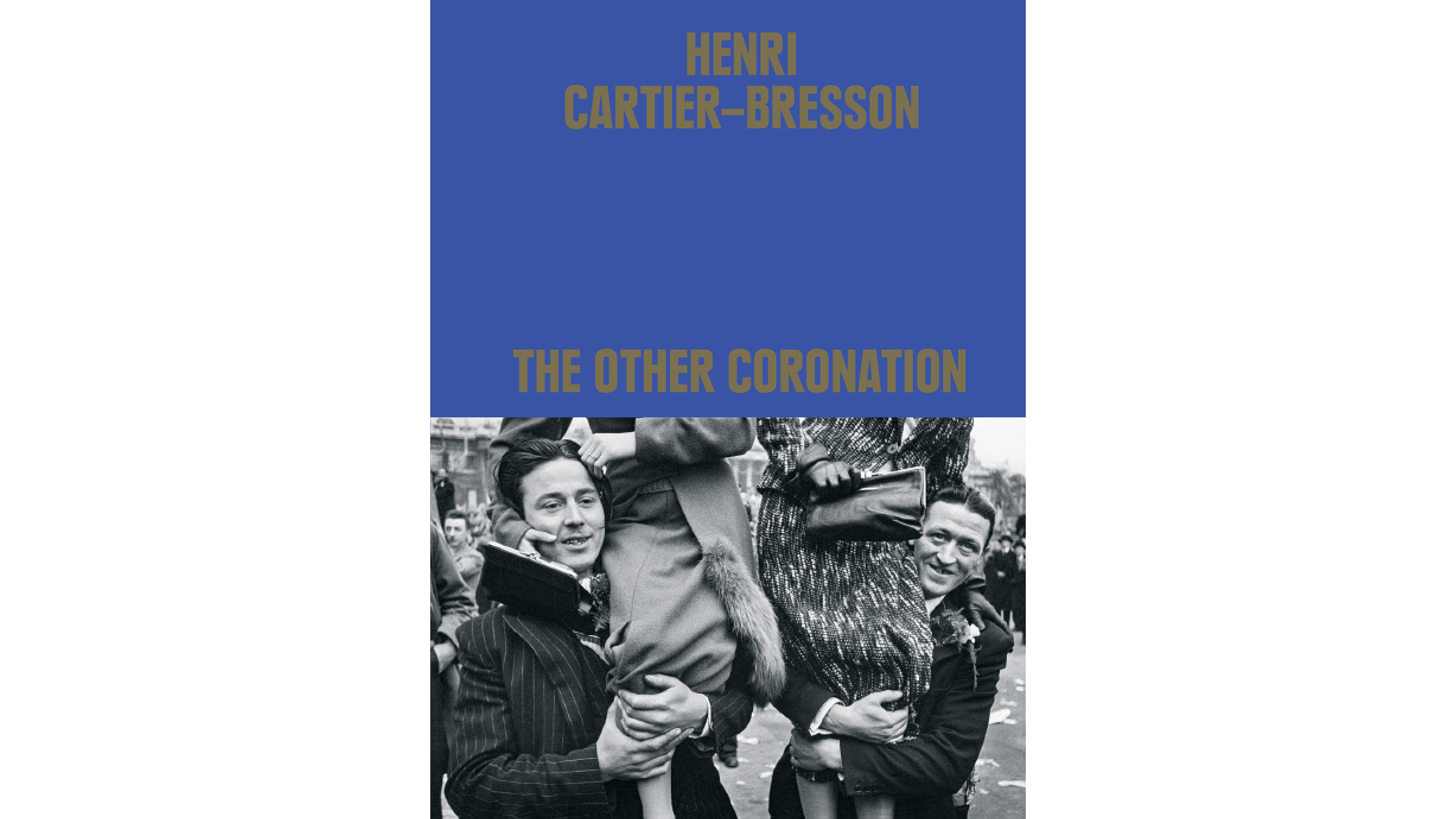
9. Henri Cartier-Bresson: The Other Coronation
Specifications
Reasons to buy
Among the photographers in London for King George VI’s coronation in 1937 was Henri Cartier-Bresson. But while most of the lenses were focused on the pageantry, Cartier-Bresson documented how the crowds chose to engage with the spectacle.
The result is a fascinating study of a nation on the cusp of upheaval, set against the pomp and circumstance of a royal event.
Read more:
The best books on fashion photography
Best books on portrait photography
Best photography books for beginners and pros
The best books on food photography
The best coffee-table books on photography
The best photobooks: make your own photography book
Get the Digital Camera World Newsletter
The best camera deals, reviews, product advice, and unmissable photography news, direct to your inbox!

For nearly two decades Sebastian's work has been published internationally. Originally specializing in Equestrianism, his visuals have been used by the leading names in the equestrian industry such as The Fédération Equestre Internationale (FEI), The Jockey Club, Horse & Hound, and many more for various advertising campaigns, books, and pre/post-event highlights.
He is a Fellow of the Royal Society of Arts, holds a Foundation Degree in Equitation Science, and holds a Master of Arts in Publishing. He is a member of Nikon NPS and has been a Nikon user since his film days using a Nikon F5. He saw the digital transition with Nikon's D series cameras and is still, to this day, the youngest member to be elected into BEWA, the British Equestrian Writers' Association.
He is familiar with and shows great interest in 35mm, medium, and large-format photography, using products by Leica, Phase One, Hasselblad, Alpa, and Sinar. Sebastian has also used many cinema cameras from Sony, RED, ARRI, and everything in between. He now spends his spare time using his trusted Leica M-E or Leica M2, shooting Street/Documentary photography as he sees it, usually in Black and White.
